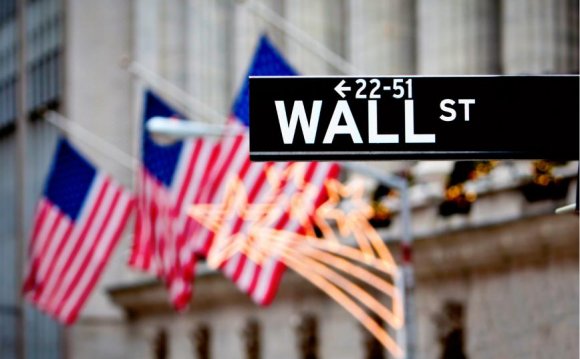
Wall Street Walk
 The South End of Manhattan is the very place where New York began: it was here in the sixteenth century that Dutch colonists founded the fort first and then the city of New Amsterdam. At first, the population of New Amsterdam was only 270 and its borders were along Greenwich Street in the west and west. Pearl Street (Pearl Street) in the east: everything that is now outside these streets has been selected from Goodson and East River. As the city grew up, the towns moved north, away from the noise center. As a result, by the beginning of the twentieth century, almost the entire territory of the former colony had become the Financial Area (Financial District), which the realtors now called FiDi.
The South End of Manhattan is the very place where New York began: it was here in the sixteenth century that Dutch colonists founded the fort first and then the city of New Amsterdam. At first, the population of New Amsterdam was only 270 and its borders were along Greenwich Street in the west and west. Pearl Street (Pearl Street) in the east: everything that is now outside these streets has been selected from Goodson and East River. As the city grew up, the towns moved north, away from the noise center. As a result, by the beginning of the twentieth century, almost the entire territory of the former colony had become the Financial Area (Financial District), which the realtors now called FiDi.
Economic forces focused on this piece of land are huge: a bad day on Wall Street can for decades turn the world into depression, and a successful start to a new era. Of the 16 largest global exchanges, the two most active, NYSE (trade some 3,500 companies) and NASDAQ (some 2,600 companies) are in Manhattan; it is not surprising that all public companies in the world are willing to trade. In the skyscrapers of the Finance Region, the fate of giant enterprises and the lives of millions of people is determined, of course, to feel.
 Before you go to Wall Street, look in the calendar, you have to come here on a day-to-day, better in the morning or during lunch, it's when the business area is presented in all the razor paint, packed in the investigator suits and predatory business glazing on the 20 centimeter heels. You come in this morning on the weekend, and the canyons will be quiet, like in the preacher, and then there will be groups of tourists.
Before you go to Wall Street, look in the calendar, you have to come here on a day-to-day, better in the morning or during lunch, it's when the business area is presented in all the razor paint, packed in the investigator suits and predatory business glazing on the 20 centimeter heels. You come in this morning on the weekend, and the canyons will be quiet, like in the preacher, and then there will be groups of tourists.
For example, Bowling Green, a triangle park, where in 1626 the Governor of New Netherlands, Peter Minute, purchased 60 guilders from the Manhattan Canarsey island for 60 guilders. In view of inflation, this amount would now exceed $1,000, but the Dutch paid not money but goods: knives, kettles, axes. They still argue whether it was a fair purchase: one of the theories, Indians thought that they were selling land at all, but something like a temporary right to hunt.








